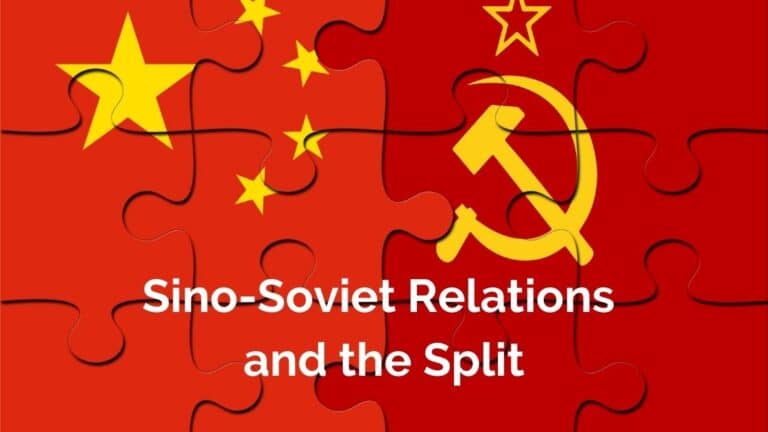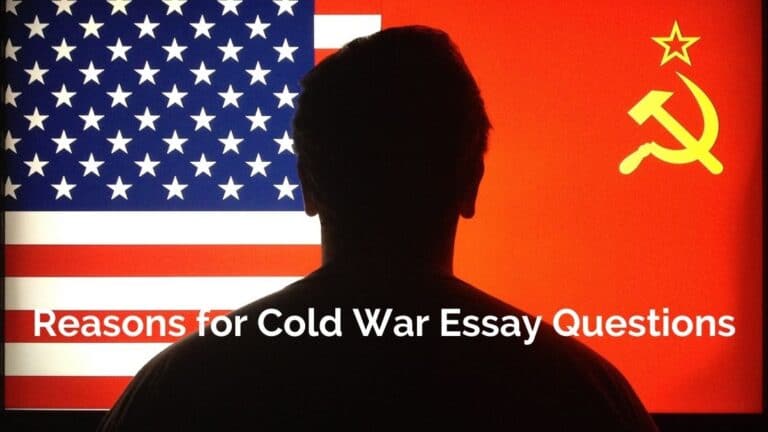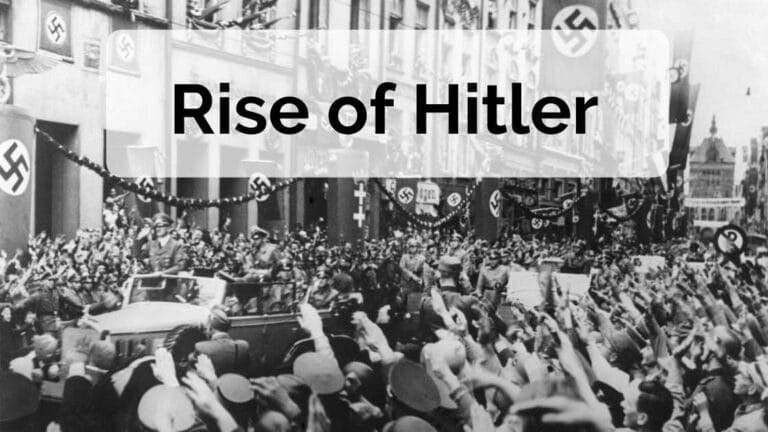Social Studies SBQ (Source Based Questions)
The Social Studies SBQ (Source-based Question) section is the most important section of the O level Social Studies Singapore paper as it is worth 70% of the paper (35 marks out of 50 marks).
To recap, this section has a case study focused on one topic, in the form of a question. It also includes six sources that give more information about this topic. These sources can include posters, cartoons, newspaper articles and even interview transcripts.
There are five sub-questions: the first four focuses on one to two sources while the last sub-question will be on all the sources.
What is unique about Social Studies SBQ is that while the topic is from the textbook, the case study may not be. Throughout the years, the examiners have set case studies in India and Africa, among other countries.
Keys to Scoring Well for Social Studies SBQ
Given the fact that the case study can be from outside the textbook, how can students do well? Below are three strategies students should apply:
- Be familiar with current affairs in and outside Singapore
- Mastering SBQ skills
- Lots of practice
1. Be familiar with current affairs in and outside Singapore
The textbook is the foundation of the necessary content so it should not be ignored. Furthermore, students need to read widely about what is happening in Singapore and around the world. The more the student reads, the likelier it will be for them to have an in-depth background of any topic. This will help them understand the sources better.
2. Mastering SBQ skills
To score well, students need to understand the different Social Studies SBQ skills. This includes interpreting the sources and answering the questions in a structured manner. Many students have no issue with the basic levels but are unable to handle the more complex skills.
3. Lots of practice
As case studies range from local to global context, it is hard to predict what sort of case studies will be set in the examinations. Hence, students need to practise many different questions from many different contexts. By practising consistently, students will know how to answer questions from different contexts and sources confidently.
Types of Social Studies SBQs
To illustrate what I mean, I am going to list down some of the common types of Social Studies SBQ, give examples and follow up with a suggested answering template. Do note that these templates only apply to standard questions.
1. Inference
These questions require students to infer the message of the source or the attitude of the author of the source.
Example: What is the cartoonist’s message? Explain your answer, using details of the source?
Answer Template: Students should make an inference. Then they should explain their inference using details from the source.
2.Purpose
Students needs to infer the reason why the author of the source expressed this view.
Example: Why did the author make this social media post? Explain your answer.
Answer template: The student should infer the reason(s) behind why the author wrote, drew or said the source. The student should then explain his inference using details from the source. In addition, the student needs to explain who the author had in mind when he or she expressed this view and the expected outcome of it.
3. Comparison
Students are expected to compare two sources. There are two versions: one version requires students to point out similarities and differences, while the other version requires only similarities or differences.
Sample: How similar are the two sources? Explain your answer.
Answer Template: Students should compare the similarities and/or differences by matching the content. To get a better grade, they should then check if there are any similarities or differences with regards to the two sources’ tone and purpose.
4. Reliability
Students must check if the source content is reliable. This is done by referring to other sources to see if they match up.
Sample: Does this source prove that…? Explain your answer.
Answer Template: The student should infer what the source says about the case study. This is followed by referring to another source to check if the inference matches or not. Finally, the student examines the author of the source to determine if the author was biased.
5. Utility
This question checks if the students find the source helpful in understanding the case study. The question also requires students to check if the source is reliable by cross-referencing to another source.
Sample: Is this source useful in telling me that…? Explain your answer.
Answer Template: First, the student needs to check if the information in the source helps in understanding the case study. Secondly, the student should address any shortcomings in the source regarding the case study. The student then refers to another source to check if it is reliable. The last step is to see if the source is biased.
6. Surprise
To be surprised, one needs to have a base understanding. The student then checks if the source agrees with or challenges the base understanding.
Sample: Are your surprised by…? Explain your answer.
Answer Template: Students needs to explain which parts of the source make them surprised and which parts do not. They should also check with another source to check its reliability. Finally, students need to address if the source is biased.
7. Assertion
A statement concerning the case study will be given. This is usually a judgement and students will be asked how many of the sources agree or disagree with the statement.
Sample: Using the sources in this case study, explain how far you would agree with this statement.
Answer Template: Infer if the sources agree or disagree with the statement. Explain why each source agrees or disagrees with the statement individually. Students are also expected to point out at least one source which is not reliable because it is biased.
Conclusion
In conclusion, the O Level Social Studies in Singapore has a rather unique format when compared to other subjects. The emphasis on SBQ means that a student who has mastered critical thinking can do well just based on his ability to infer and evaluate sources.
The difficulty of Social Studies SBQ is to understand the techniques to understand sources and answer questions. This is the reason why many students are able to achieve Cs or even Bs easily but will never get to As.
To learn a Step by Step guide to answer SBQ, please click here.

Critical Thought English & Humanities is your best resource for English, English Literature, Social Studies, Geography and History.
My experience, proven methodology and unique blend of technology will help your child ace their exams.
If you have any questions, please contact us!







